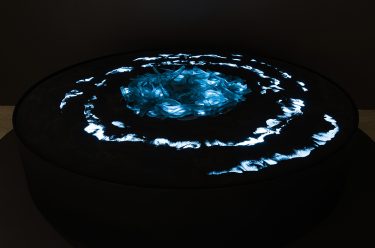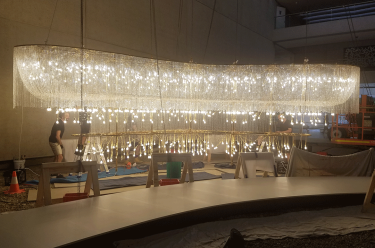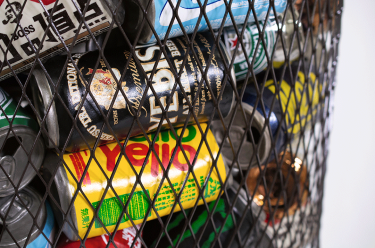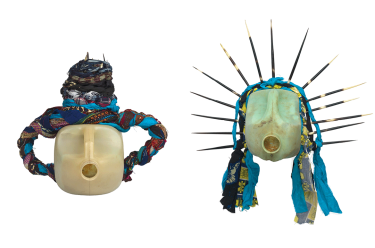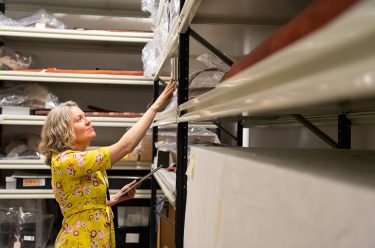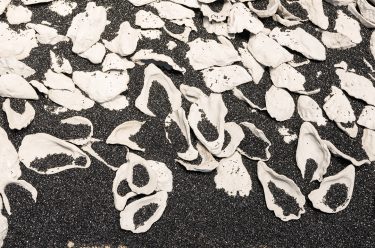Artwork recalls Queensland’s history
From dugonging (1847–1969) to mineral mining (1949–2019), industry has had disastrous cultural and environmental ramifications on Minjerribah (North Stradbroke Island). In The tide waits for no one 2020–21 (illustrated), Megan Cope addresses these complex social histories, examining their impacts on the land and on generations of its Traditional Owners, the Quandamooka people. At the turn…
